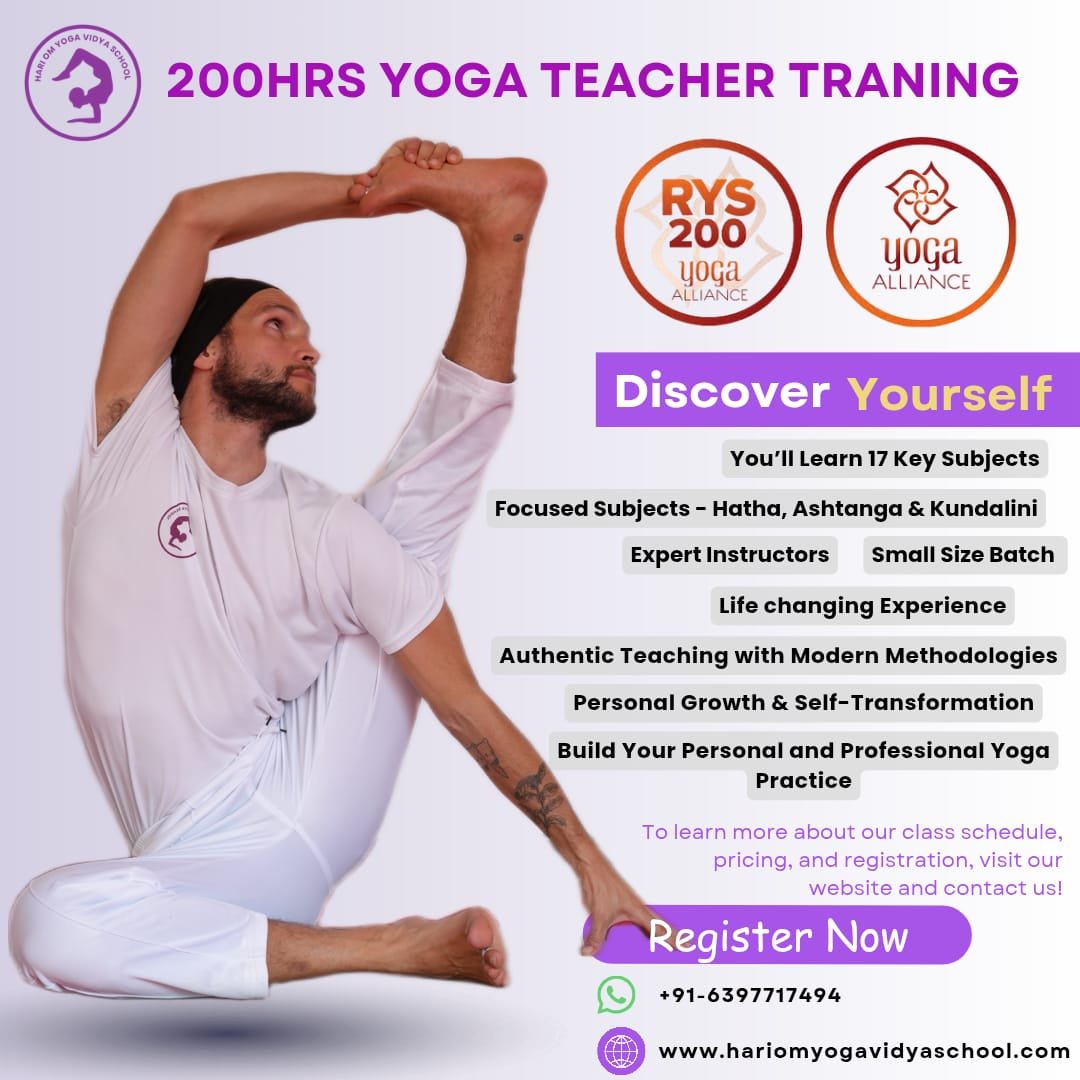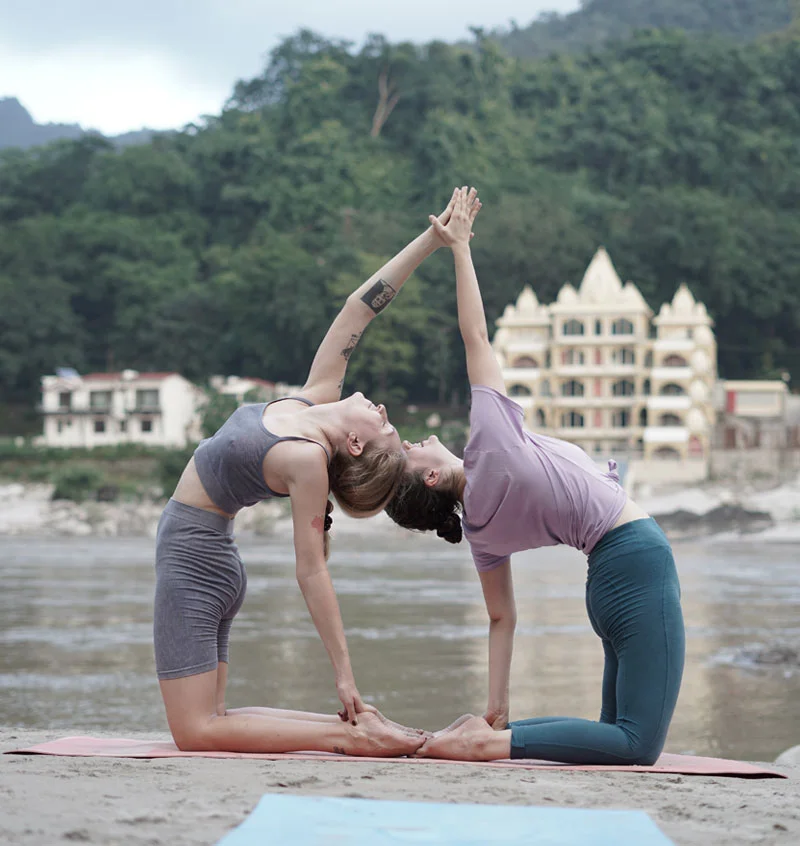Introduction – Why Breath Is the Most Important Aspect of Yoga
When people think of yoga, they often imagine twisting poses or impressive flexibility. But at its core, yoga is much more than just movement, it is about connection, presence, and awareness. And the one element that brings all of this together is the breath. Breath is the invisible thread that weaves the body and mind into a unified experience. In fact, many ancient yogic texts emphasize that the most important aspect of yoga is not the asana but the control and awareness of breath. Whether you’re a beginner or a seasoned practitioner, understanding the importance of breathing in yoga is essential to deepening your practice and experiencing its full benefits.
Read More: Why Is Kundalini Yoga Dangerous? The Truth About Its Risks and Rewards
The Role of Breathing in Yoga – What Makes It So Important?
Breathing, or pranayama, is central to all forms of yoga. In Sanskrit, “prana” means life force, and “ayama” means to expand or control, so pranayama is the expansion or regulation of life force through breath. It’s not just about inhaling and exhaling. It’s about breathing consciously. When you bring your awareness to the breath, the mind begins to settle, distractions fade, and you tap into a deeper state of clarity. Breath acts as the bridge between the physical body and the subtle mind. It energizes the body, calms the nervous system, and prepares you for meditation. That’s why the breath is not just important, it’s the foundation of the entire practice of yoga.
Types of Yogic Breathing Techniques (Pranayama)
There are several types of yogic breathing techniques that serve different purposes. Some calm the mind, while others invigorate the body. Techniques like Nadi Shodhana (alternate nostril breathing) help balance the left and right hemispheres of the brain and bring emotional harmony. Bhastrika and Kapalbhati are energizing practices that cleanse the system and increase oxygen supply. Ujjayi breathing, often used in Vinyasa or Ashtanga yoga, helps maintain rhythm and focus during dynamic flows. These breathing practices are not just exercises, they are tools for transforming how you feel, think, and move. Each breath technique serves as a step towards mastering the inner self and aligning with the true purpose of yoga.
What Is the Most Important Objective During Yoga? The Answer Lies in the Breath
Many students wonder what they should focus on the most during a yoga class. Is it the pose? The alignment? The strength? While these are all important, the most vital objective during yoga is maintaining a conscious connection with the breath. Breath is what turns physical movement into mindful yoga. When you synchronize your breath with movement, every pose becomes a form of meditation. It’s through this breath-body connection that yoga becomes a spiritual discipline and not just physical exercise. The more you deepen your breath awareness, the more profound your experience becomes on the mat, and in life.
How to Practice Yogic Breathing Mindfully – Tips for Beginners
Starting with yogic breathing doesn’t require any special tools or experience. What you do need is a quiet space, patience, and the willingness to listen to your body. Begin by observing your natural breath without trying to change it. Once you feel more comfortable, start practicing slow, deep belly breathing. As you progress, you can explore structured pranayama techniques under the guidance of a teacher. The key is consistency and gentleness. If at any point you feel dizzy or uncomfortable, take a break. The goal isn’t to control the breath forcefully but to build awareness and gradually develop your breath’s depth, rhythm, and clarity. This simple shift can dramatically enhance your yoga practice and improve overall well-being.
Read More: Everything You Need to Know About Kundalini Yoga Teacher Training
Conclusion – Master the Breath, Master the Practice
Breath is the anchor of yoga. It grounds you in the present, supports your movements, and leads you toward mental peace and spiritual insight. When you master the breath, you unlock the true power of yoga, not just in terms of flexibility or fitness, but in terms of self-awareness and inner balance. Whether you’re a complete beginner or an experienced practitioner, always remember: the breath is your most powerful guide. Embrace it, follow it, and let it shape your journey both on and off the mat.
Deepen Your Yoga Practice with Hari Om Yoga Vidya School
Located in the heart of Rishikesh, Hari Om Yoga Vidya School is a place where ancient yogic wisdom meets modern teaching techniques. As a top yoga school in Rishikesh, we are committed to providing authentic, immersive yoga education in a peaceful, spiritual setting. Recognized as one of the best yoga schools in Rishikesh, we offer structured training programs designed to help you evolve in your practice, whether you are a beginner or an experienced yogi.
If you’re searching for a yoga school in Rishikesh that focuses on holistic learning, experienced teachers, and a supportive community, look no further!
Read More: Everything You Need to Know About Kundalini Yoga Teacher Training
Explore Our Yoga Teacher Training & Retreats
At Hari Om Yoga Vidya School, we offer a range of courses tailored for different levels of practitioners:
✅ 100-Hour Yoga Teacher Training in Rishikesh – A foundational course for those looking to begin their yoga journey.
✅ 200-Hour Yoga Teacher Training in Rishikesh – An internationally recognized certification for aspiring yoga teachers.
✅ 300-Hour Yoga Teacher Training in Rishikesh – Advanced training to deepen your practice and refine your teaching skills.
✅ 7-Day Yoga Retreat in Rishikesh – A rejuvenating escape into yoga, meditation, and self-discovery.
✅ 10-Day Yoga Retreats in Rishikesh – A transformative experience that blends yoga, relaxation, and Himalayan serenity.
Join us for a life-changing experience and become part of our global yoga family! 🌿✨




